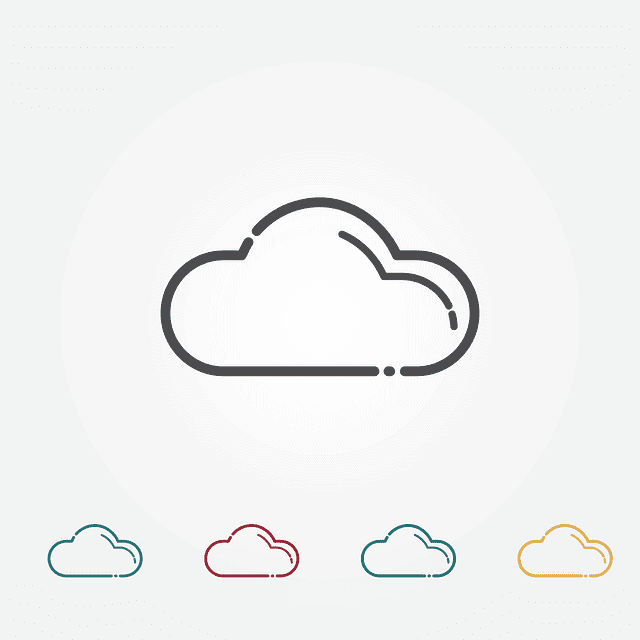Table of contents
What is a cloud computing server?
A Cloud computing server is a term often used to refer to a remote server that can store data and applications and provide processing capabilities. The data and the programs are accessible from any device from anywhere at any time. Cloud computing has been around for quite some time now, but it’s only being implemented into business models due to cost efficiency. In this blog post, we will be going over the basics of cloud computing servers and how they work in relation to a business model.
A Cloud computing server is a service that utilizes an Internet connection to store data, programs or any type of printing for the convenience of its users. The IP Address of the client is used to connect with the remote server for data exchange. Cloud computing servers are categorized into different types based on their purpose and capacity.
For example, if you are creating a cloud server for processing images and videos, you’ll need a high-capacity disk and power as these processes will require a lot of energy. The home users will use this type of cloud server to store music, images, etc. This type of cloud service is very cost-efficient as you only need to pay for space and processing power which can be utilized at any given time.
How do cloud computing services work?
A Cloud computing server works similarly to any other internet-based storage service. When you connect to the remote cloud server, your device will be identifying itself with its IP address. The cloud servers utilize this IP address to exchange data between the client and the server. However, there are many distinct differences between cloud servers and other servers that operate locally.
The main difference between local storage servers and cloud servers is that cloud servers are separated from a hard drive or a disk drive so you don’t need to be near the physical server itself. This means there is no need for a physical device to store data or programs, so it’s easily accessible from anywhere. The actual servers are located in real-world data centers scattered all over the world.

Cloud computing server has a storage system that can store and process data and programs without any storage device like a hard drive. Another main difference between cloud servers and other servers is that cloud computing servers can be accessed from anywhere as long as you have an internet connection.
An important thing to remember is that cloud storage servers can provide easy access for multiple users without causing any traffic jams on the network. This is because the provider takes security measures while the user only has to ensure they use encrypted technology to keep their data safe.
Examples of cloud computing servers
The main difference between these types is the amount of processing power and data storage capability they have. The more advanced the cloud computing server is, the more it will cost you. The level of security and uptime that is offered will be based on how much money you’ll need to pay for these services. There are many different types of cloud computing servers, and they all have their own unique benefits and drawbacks:
Platform as a Service:
This type of server provides access to several different platforms so that users can use them as desired. Since the cloud server doesn’t store any files, these services will require cloud storage for users to access them.
Software as a Service:
SaaS is one of the most popular cloud computing servers because it doesn’t require any type of installation on users’ devices. All you need is an internet connection, and you can access your applications from anywhere.
Infrastructure as a Service:
IaaS offers users several different infrastructure setups that include all types of server services and options, ranging from storage and bandwidth to processing power and operating system. This type can be used by both developers and IT professionals.
Virtualization as a Service:
This type of cloud computing server is used by IT professionals and developers. It offers access to virtual machines and other cloud services that can be controlled through a user’s virtual desktop.
Storage as a Service:
Storage as a Service is used for storage purposes and cloud servers will provide you with data backup, online storage, as well as shared storage options. Everything will depend on your needs and how much money you’ll need to pay for the services.
Virtualization as a Service:
This type of server allows you to create virtual servers that can be used for improved productivity through the use of real-time processing, antivirus, and backup data management. You can also use this service to test new applications with no risk of jeopardizing the production servers.
Conclusion
In conclusion, cloud computing isn’t really a new term but it’s now being used in a business or a private model. Cloud servers are very cost-efficient as you only need to pay for space and processing power which can be utilized at any given time. There are many different types of these services, depending on your needs and level of expertise.
Read more about the benefits of cloud computing here.

